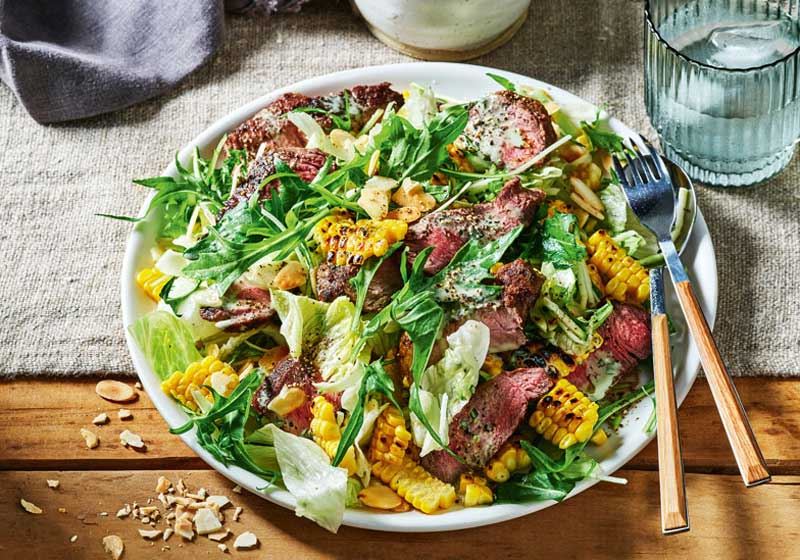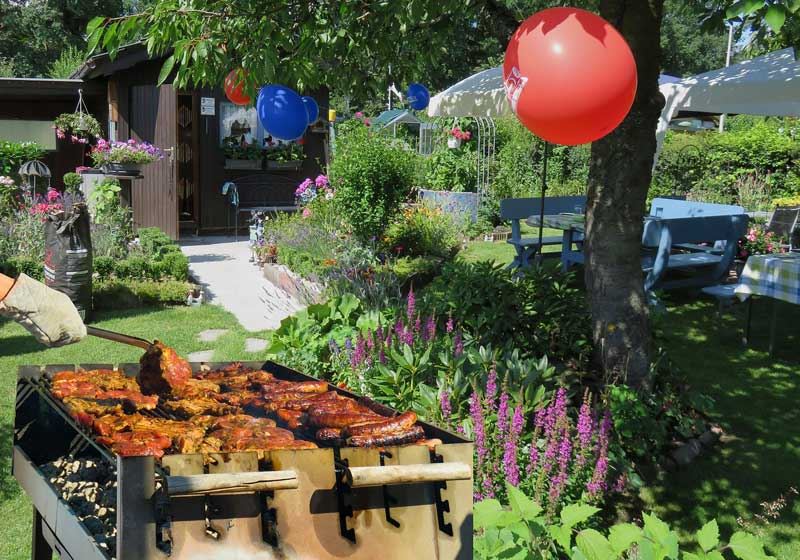By Marie-Antoinette Issa.
Given that he is the official birthday boy, it would hardly be surprising to hear that Jesus may have put in a fancy request or two to celebrate this special day!
However, because it is also highly unlikely that peach-topped pavlovas were on offer in abundance when he was born in Bethlehem 2000ish years ago, these insights might offer a more accurate insight into the evolution of Christmas food throughout history!
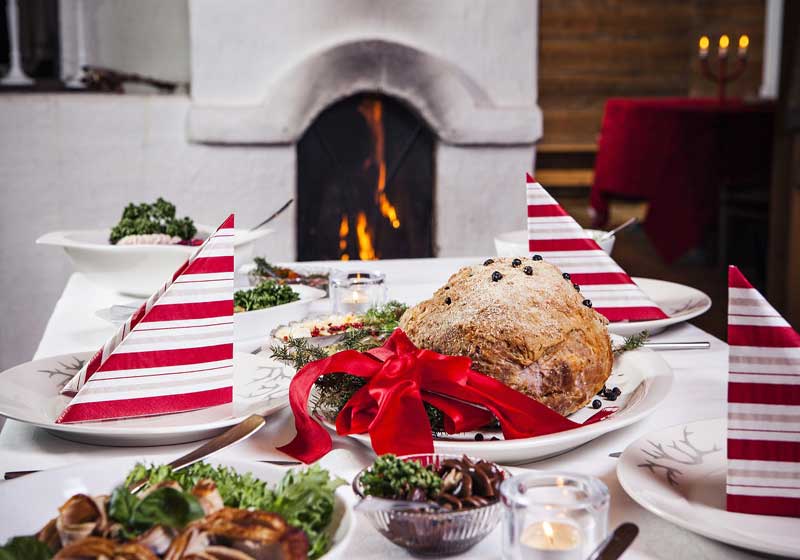
Joy to the world…and to foodies
Jesus was born a Jew, in the 1st Century, in a region that now comprises parts of Palestine, modern-day Israel and surrounding areas. The diet during that time was influenced by the local climate, geography and available resources, with much of the food being simple, unprocessed, locally sourced - and keeping with the rules of kosher.
A further factor to consider is that the exact month of Jesus' birth is not definitively known, as the Bible does not provide specific details. However, scholars have speculated about the time of year based on clues in the biblical account. For example, the mention of shepherds in the fields watching their flocks at night suggests it was likely not Winter, as it was common for shepherds to keep their flocks in the fields during the warmer months.
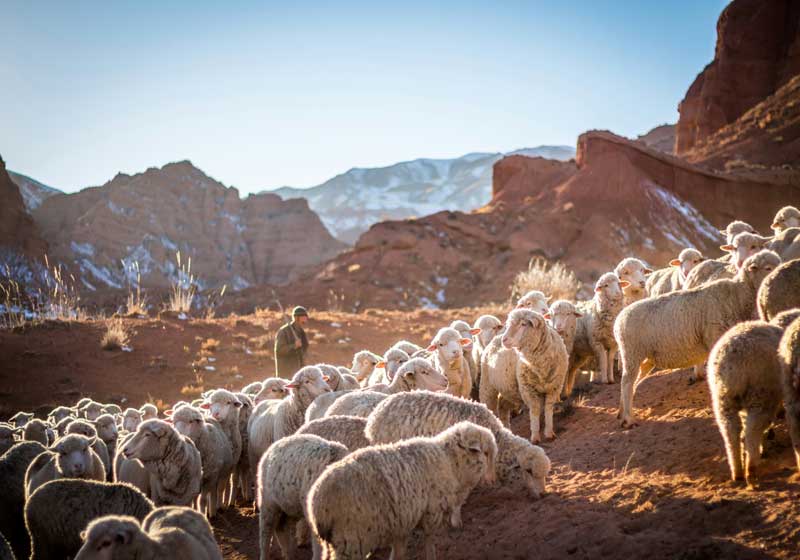
Though speculative some scholars propose that Jesus may have been born in the Spring to Autumn.
Given this timing, the staple foods for people living in the ancient Near East such as grains, olives, fruits, vegetables and fish were likely available in abundance. Bread, made from barley or wheat, was a daily essential - a fact reinforced through its frequent biblical references.
The Bible also regularly refers to fish, often seen as a significant source of protein as daily food stuff. Jesus’ disciples were fishermen and stories like the miraculous catch of fish and the feeding of the 5000 with fish and loaves highlight its importance in his time. Fish, particularly from the Sea of Galilee, would have been a common part of meals, usually grilled or salted for preservation. So while Jesus may have enjoyed a fresh fillet it is unlikely that it would have resembled the seafood spreads of a modern Aussie Chrissy.
In addition to bread and fish, olives and olive oil were vital in daily life. Olive oil was used for cooking, as well as for anointing, and the olives themselves were consumed in various forms, either fresh or pickled. The region’s dates and grapes would have been common fruits, both enjoyed fresh and dried, making them convenient foods for travellers.
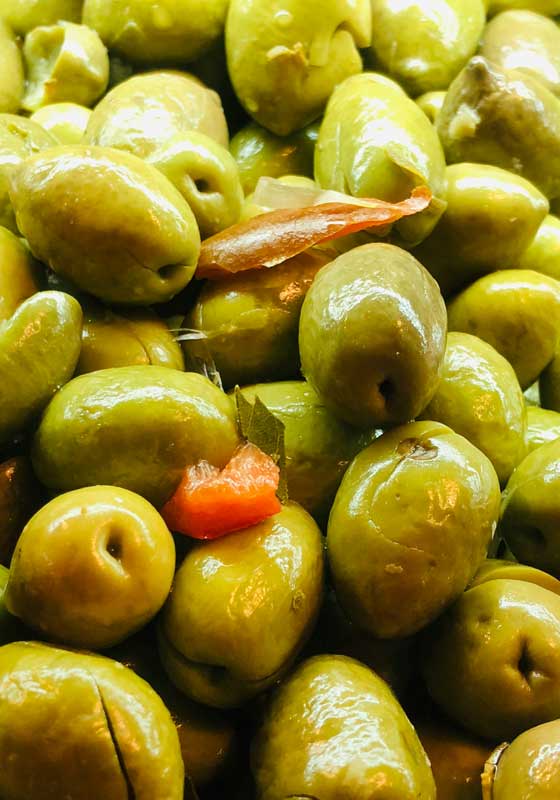
The Bible also mentions honey and milk, which were likely consumed in modest quantities. Herbs like dill, mint and cumin were used for seasoning, as well as garlic and onions, which provided both flavour and medicinal benefits.
The early Christian era: The birth of Christmas food traditions
Christmas became a Christian holiday in the 4th Century when the Church officially adopted December 25 as the date to celebrate the birth of Jesus. This date was chosen to coincide with existing pagan festivals, such as the Roman festival of Sol Invictus and symbolised the triumph of light over darkness.
While there are no explicit records of specific foods associated with Jesus’ birth, early Christian celebrations, such as the Feast of the Nativity, were likely modest meals and humble spreads, much like Jesus' own life. In the first few centuries of Christianity, Christmas was not widely celebrated with extravagant meals as it is today. Early Christians focused on spiritual observance and food was often simple, reflecting the early Christian values of humility and austerity.

As Christianity spread across the Roman Empire, festive meals became a part of the celebrations. The foods available during the early Christian era would have been influenced by the Roman Empire’s expansion and the trade networks it established. These networks brought in ingredients such as spices from India and Asia, including cinnamon and nutmeg, which would later become associated with Christmas desserts, particularly in the Middle Ages.
Medieval Christmas feasts: Getting merry in the Middle Ages
As Christianity became more established in Europe, Christmas began to be celebrated with grand feasts, especially among the nobility. By the Middle Ages, the tradition of feasting during Christmas had taken hold. Roast meats like beef, boar and game birds became central to Christmas meals, often served with rich sauces and spiced wines. The use of spices, which had been introduced from the East, became a hallmark of holiday cooking. Mince pies, made from minced meat, dried fruits and spices, became popular, symbolising both the feast and the concept of offering gifts.
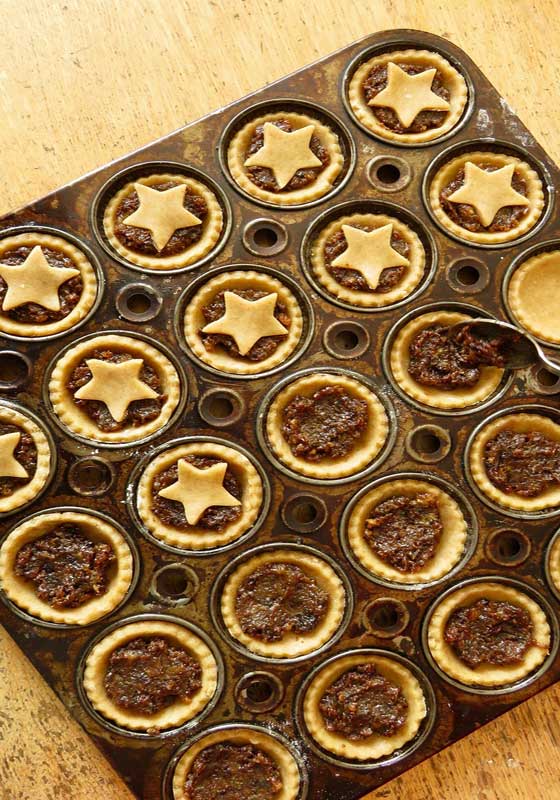
Plum pudding (which has evolved into modern Christmas pudding) was another popular dish in Medieval times, made with suet, dried fruit, spices and sweeteners like honey or molasses. This rich and hearty dish continues to be a beloved part of Christmas traditions in many parts of the world.
A modern Christmas menu
Today, the foods associated with Christmas vary greatly depending on cultural and regional influences. In many Western countries, the Christmas turkey or ham has replaced roast meats as the centrepiece of holiday meals. The stuffing, roast vegetables and potatoes are staples on most holiday tables, reflecting a blend of traditions from Medieval feasts and more modern culinary preferences.
Desserts also play a significant role in modern Christmas celebrations. Christmas cakes, gingerbread cookies and fruitcakes are all inspired by older traditions, but have evolved over time to incorporate more diverse ingredients, such as dried fruit, nuts and modern sweeteners like sugar and syrup.
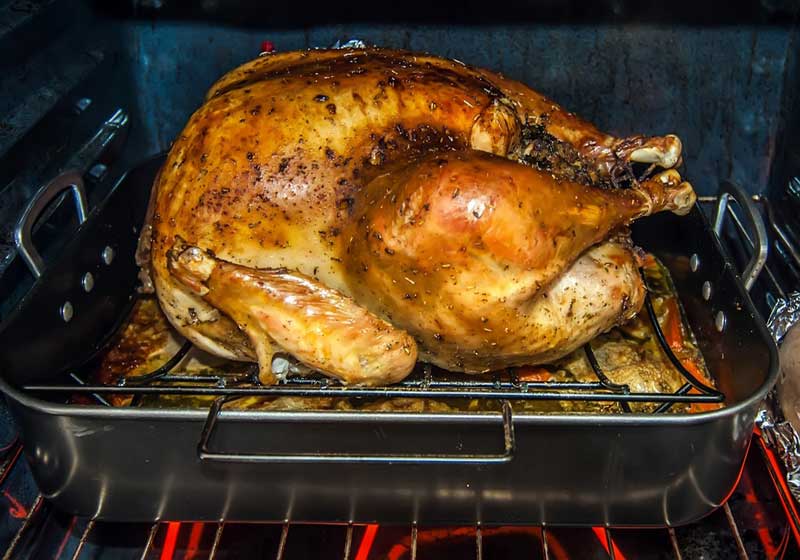
WWJET: What Would Jesus Eat Today?
While the lavish feasts of modern Christmases might be far from what Jesus experienced, the emphasis on family, community and nourishment mirrors the values he espoused during his time.
Ultimately, the food of Christmas - both historically and in the present - serves as a reminder of the shared human experience and the joy of coming together to celebrate life, love and tradition. Whether we’re enjoying a feast inspired by ancient Bethlehem or a modern spread filled with turkey and pudding, the essence of Christmas remains the same: the celebration of love, generosity and the sharing of good food.


